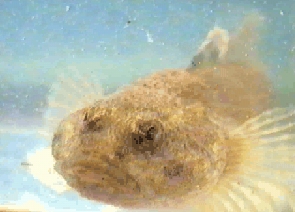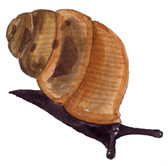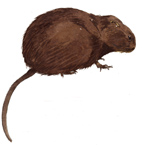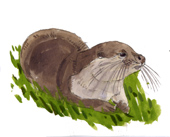
The many streams and ponds on The Moors are the home for a variety of aquatic plants and animals, some of which are now scarce in Britain.
Many insects and amphibians lay their eggs in water and in their larval stages spend their time as aquatic organisms. Examples at The Moors include dragonflies such as the Emperor Dragonfly (Anax imperator) and the Beautiful Demoiselle (Calopteryx virgo) and Banded Demoiselle (Agrion splendens), although the latter two both occur in small numbers. For further information on these beautiful and fascinating insects visit the Dragonfly Societyís web site at www.dragonflysoc.org.uk
The Bullhead, which in the UK is known also as the Millerís Thumb, is plentiful in Hampshire, but has become quite a scarce fish across Europe as streams have become polluted and small streams canalised. Bullheads are now protected by European law and the UK government has listed it as a species of concern in its national Biodiversity Action Plan




